What Are Magnetic Sensors A Quick Primer
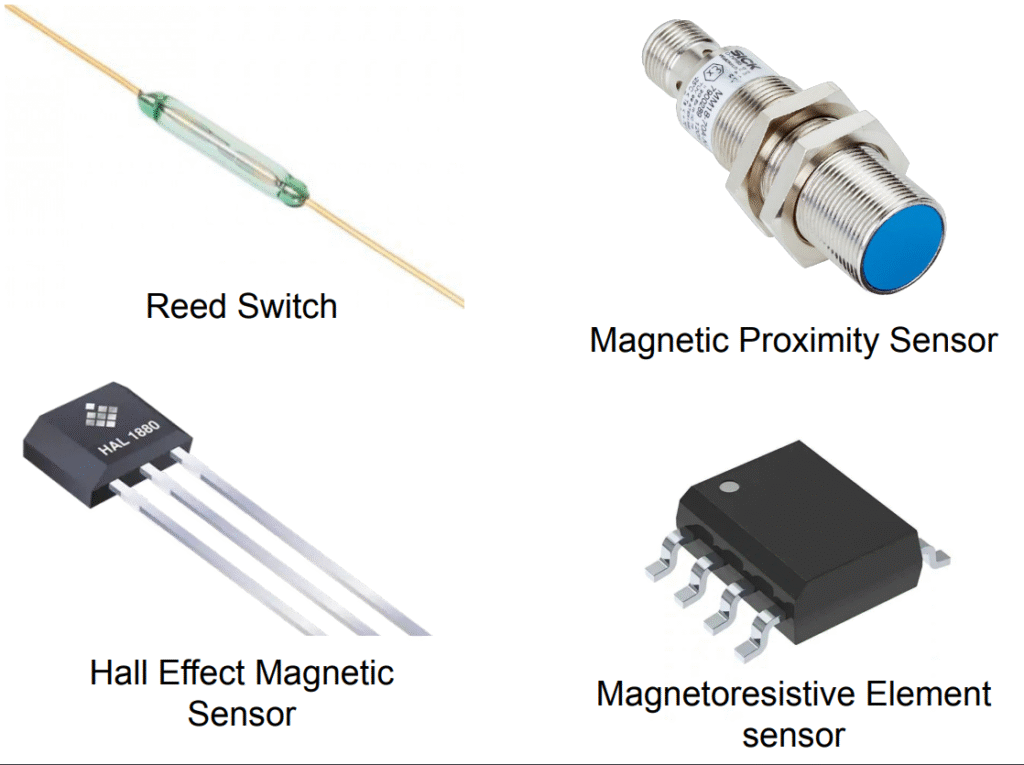
Magnetic sensors are the hidden heroes inside today’s smart appliances. At their core, these devices detect changes in magnetic fields and convert them into electrical signals—enabling non-contact detection that’s both precise and reliable.
How do they work? Different types use different principles:
- Hall Effect sensors generate a voltage when exposed to a magnetic field, making them perfect for tracking speed or position.
- Reed switches use magnetic fields to physically close or open a circuit, acting like a tiny, reliable on/off switch.
- TMR (Tunnel Magnetoresistance) and GMR (Giant Magnetoresistance) sensors measure resistance changes at the atomic level, offering ultra-sensitive detection for even the smallest movements.
Why do smart appliances love magnetic sensors? They have no moving parts in their solid-state forms, which means exceptional durability and long life. They can sense through non-metal surfaces—ideal for sleek, modern designs. Plus, their low power consumption and cost-effectiveness make them a go-to for manufacturers.
Most importantly, in humid or steamy kitchen environments, magnetic sensors outshine old-school mechanical switches. They don’t corrode, stick, or fail due to moisture—ensuring your appliances run smoothly, year after year.
Curious how magnetic sensors transform your everyday appliances? Let’s dive deeper into their real-world magic.
How Magnetic Sensors Power Everyday Smart Appliances
Magnetic sensors are everywhere in smart appliances, making daily life easier and saving energy at home. Here’s how they work in the appliances most folks in the US use every day.
Refrigerators and Freezers
- Reed switch door detection shuts off cooling when the door is open, cutting energy waste.
- Proximity magnetic sensors help with auto-open features, so you can access the fridge hands-free—handy when your hands are full.
Washing Machines and Dryers
- Hall effect sensors track drum rotation for better load balancing, keeping cycles running safe and smooth.
- Contactless position sensing helps monitor lid status, stopping the machine if the lid is open for safety.
Ovens and Microwaves
- TMR magnetic sensors follow knob positions, making temperature control more accurate.
- These sensors also enable child-lock activation, adding a layer of safety for families.
Smart Security Systems
- GMR technology powers window and door alarms, letting you monitor your home remotely.
- These sensors sync up with smart home hubs for seamless integration.
Emerging Uses
- Fluid level sensing in dishwashers ensures cycles run efficiently, preventing overflows.
- Vibration detection in smart vacuums helps spot issues early and keeps cleaning performance up.
Quick Stat: Magnetic sensors can cut appliance energy use by up to 15% per cycle. That’s real savings for US households focused on lowering utility bills.
NBAEM Case Study
NBAEM, a leader in custom magnetic materials, supplies compact, high-reliability sensors for Asian-market appliances. Their tech is making its way into US smart homes, bringing better performance and longer-lasting products.
In short: Whether it’s Hall effect sensors in home automation or Reed switch door detection in appliances, magnetic sensors keep smart homes running efficiently and safely.
The Game Changing Benefits Why Magnetic Sensors Are Essential for Smart Living
Magnetic sensors are quietly powering the next wave of smart appliances in American homes. Here’s why these tiny devices are a big deal for anyone looking for efficiency, safety, and savings.
Energy Efficiency
Magnetic sensors help appliances make smarter real-time decisions. For example, a refrigerator using a Reed switch door sensor can instantly pause cooling when the door is open, cutting energy waste. That means lower power bills and less impact on the environment. On average, sensors can reduce appliance energy use by up to 15% per cycle.
Enhanced Safety and Durability
Contactless operation is a game changer. Hall effect sensors and GMR technology let appliances monitor moving parts and detect faults—like leaks or overloads—without physical wear and tear. This means fewer breakdowns, safer operation, and appliances that last longer.
Seamless IoT Connectivity
Low-power magnetic sensors are perfect for smart homes. Their design makes it easy to add wireless features, like app control or remote monitoring. Whether you’re tracking your washer’s cycle or getting alerts from your smart refrigerator, these sensors keep you connected without draining batteries.
Cost Savings
Because magnetic sensors minimize mechanical wear and spot problems early, your appliances won’t need as much maintenance. That means fewer repair bills and a longer lifespan for everything from washing machines to ovens.
Local Angle Energy Conscious Solutions
In energy-conscious regions like China, magnetic sensors help appliances meet strict green standards. For U.S. customers who care about sustainability, choosing appliances with advanced sensor tech is a smart move.
NBAEM’s Role Eco-Friendly Magnetic Materials
NBAEM is leading the way by supplying eco-friendly, high-purity magnetic alloys that make these sensors possible. Their custom magnetic materials support reliable, efficient sensors for smart appliances. For more details on NBAEM’s magnetic materials for sensor applications, check out magnetic materials for sensor applications.
In short, magnetic sensors are at the heart of smart, safe, and energy-saving appliances—helping your homes run smoother and greener.
Challenges and Future Innovations in Magnetic Sensor Technology
Magnetic sensors face some common challenges that impact their performance in smart appliances. One big hurdle is sensitivity to interference—external magnetic noise can disrupt accurate readings. Miniaturization is another issue; as appliances get smaller and smarter, sensors need to shrink without losing precision. Calibration also demands attention to ensure reliable measurements over time and different conditions.
To tackle these issues, new advances in TMR (tunneling magnetoresistance) sensors are leading the way. These sensors offer ultra-low power consumption, which is perfect for battery-efficient smart devices. Plus, AI-enhanced signal processing helps filter out interference and improve accuracy, making sensors smarter and more reliable.
Looking ahead, the integration of magnetic sensors with 5G IoT platforms is a major trend. This allows for predictive maintenance—appliances can report potential problems before they cause failures. Flexible sensors are also emerging, ideal for foldable or curved smart devices, expanding the range of appliance designs.
At NBAEM, ongoing R&D in advanced magnetic materials supports these next-generation sensors. By providing high-purity custom materials, NBAEM helps create sensors that are not only more sensitive and compact but also more sustainable. This work aligns with the growing demand for eco-friendly smart homes that deliver better performance with less energy use.
For more insight on magnetic materials used in sensors, you can visit NBAEM’s detailed resource on magnetic materials for sensor applications.
Choosing the Right Magnetic Sensors Tips from NBAEM Experts
Picking the right magnetic sensor for your smart appliance comes down to a few key factors:
- Sensitivity: Make sure the sensor can detect the magnetic field strength your appliance requires. For example, Hall effect sensors handle precise speed and position detection, while Reed switches work well for simple open/close signals.
- Response Time: Faster response times improve real-time control, especially in appliances like washing machines or ovens where timing is crucial.
- Environmental Tolerance: Choose sensors rated for the conditions they’ll face. For kitchen appliances, IP-rated sensors resist moisture and dust, improving longevity and safety.
When sourcing sensors, working with reliable suppliers like NBAEM is essential. We offer customizable magnetic materials, ensuring consistent quality and supply chain reliability—critical for manufacturers on tight timelines.
Here’s a quick comparison to help you decide:
| Sensor Type | Best Fit Appliance | Strength |
|---|---|---|
| Hall Effect Sensors | Washing machines, dryers | Speed detection, precise measurements |
| Reed Switches | Refrigerators, freezers | Binary on/off door detection |
| TMR Sensors | Ovens, microwaves | High sensitivity for knob position tracking |
| GMR Sensors | Smart security systems | Remote monitoring, integration with IoT |
For more on magnetic properties and how they influence sensor choice, check out NBAEM’s detailed insights on magnetic moments.

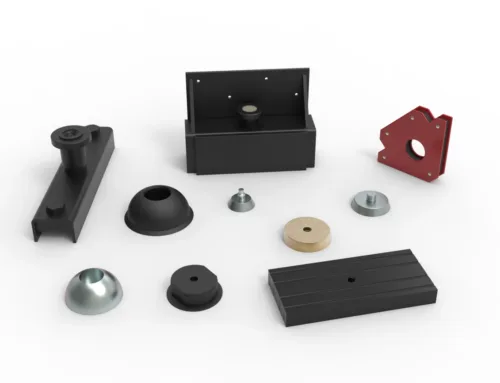
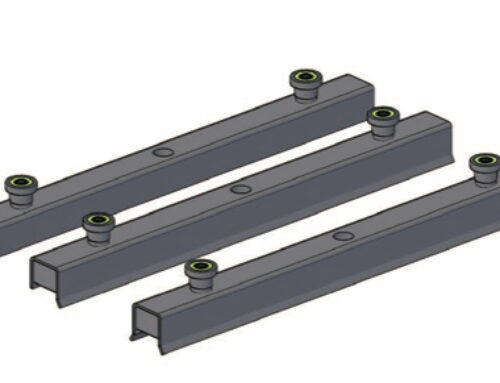
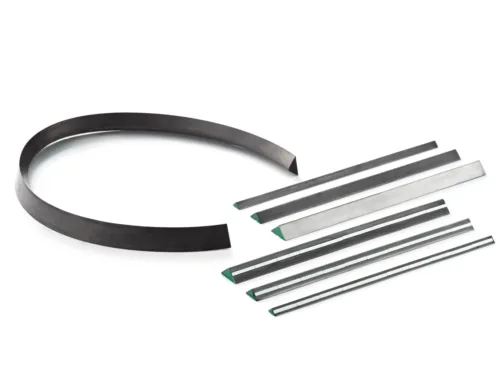
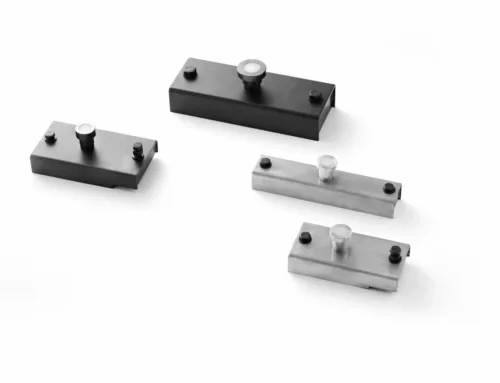
[…] beyond sewing magnets, exploring recent developments in magnetic materials like those found in magnetic sensors in smart appliances offers useful insights into how these materials perform in tough […]